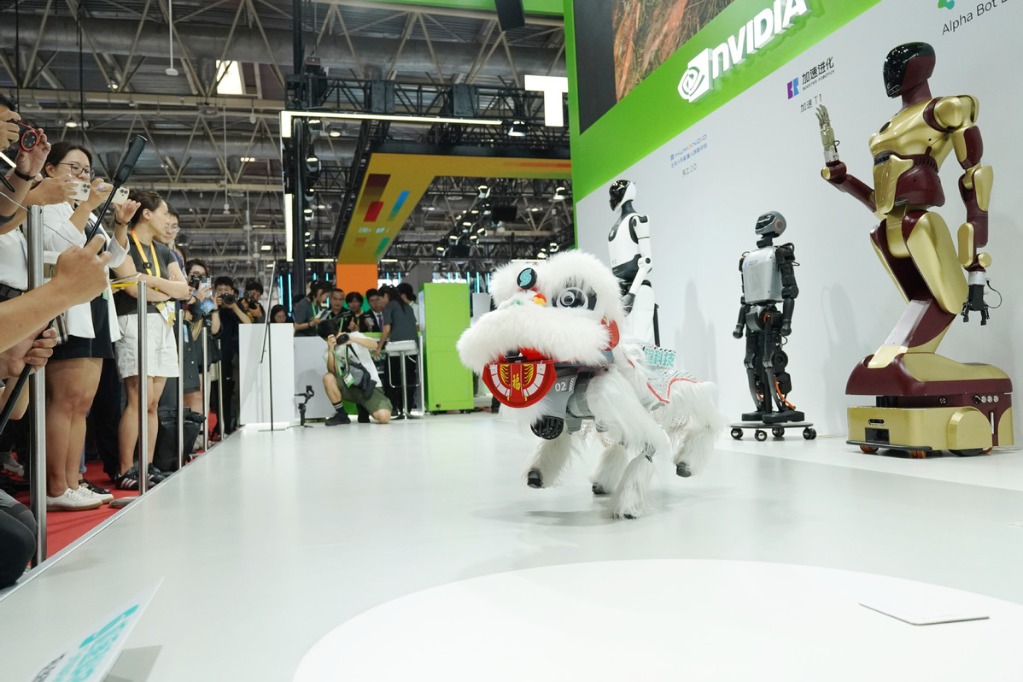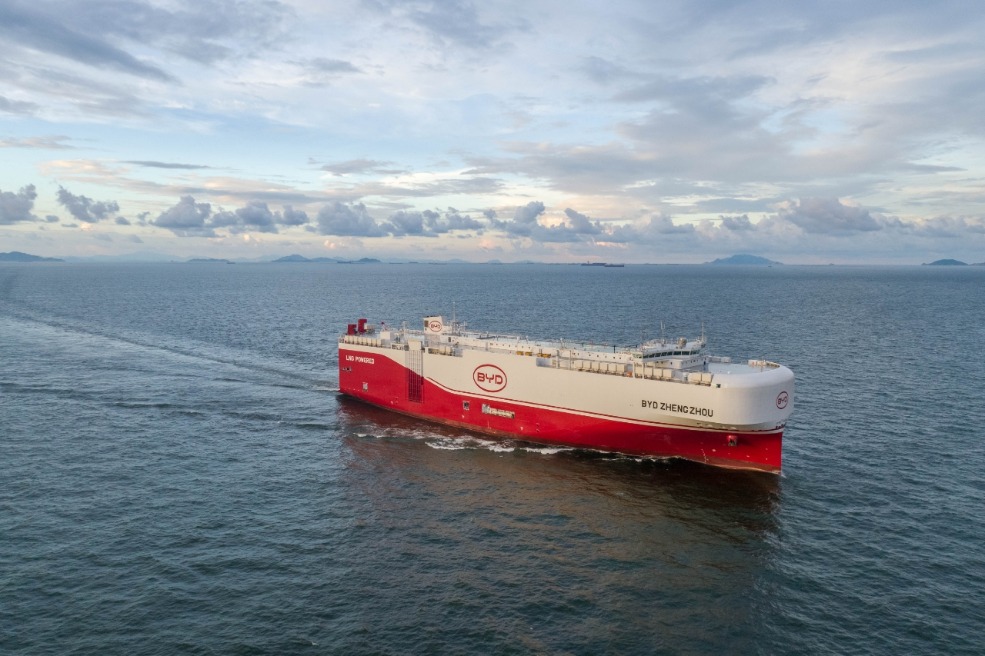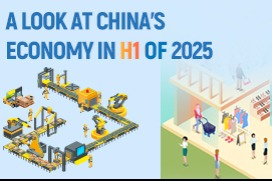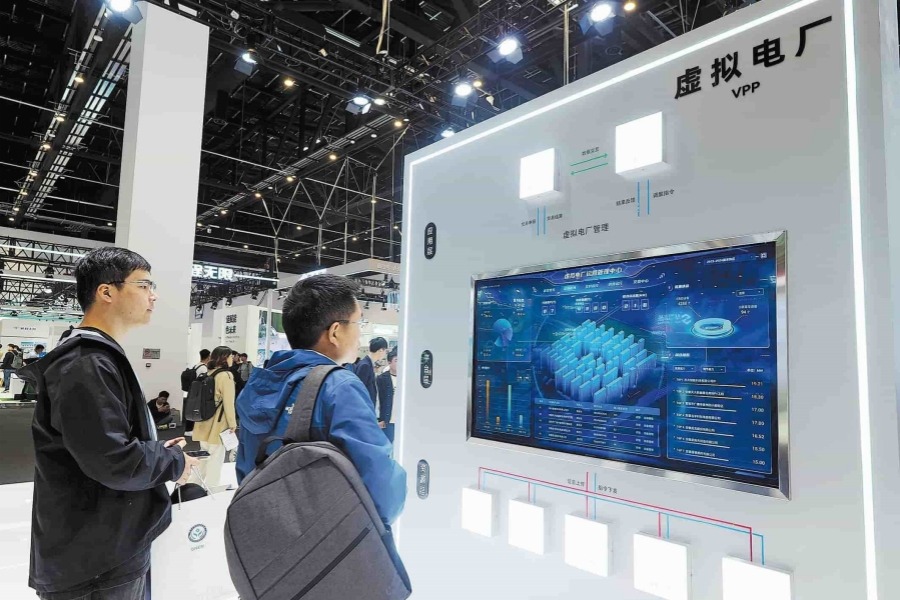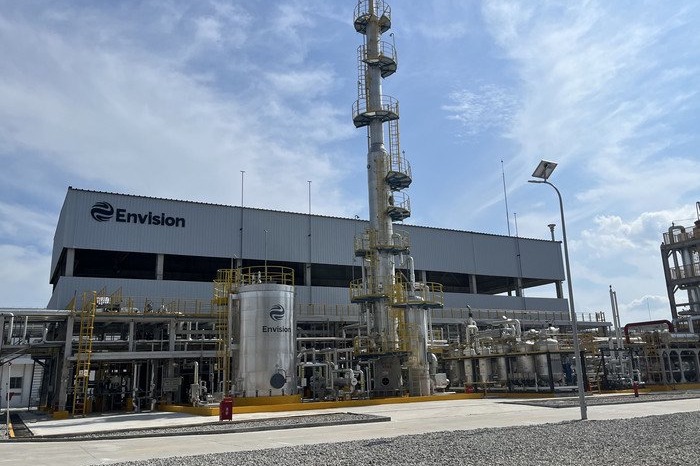Robotaxis move from hype to becoming a reality

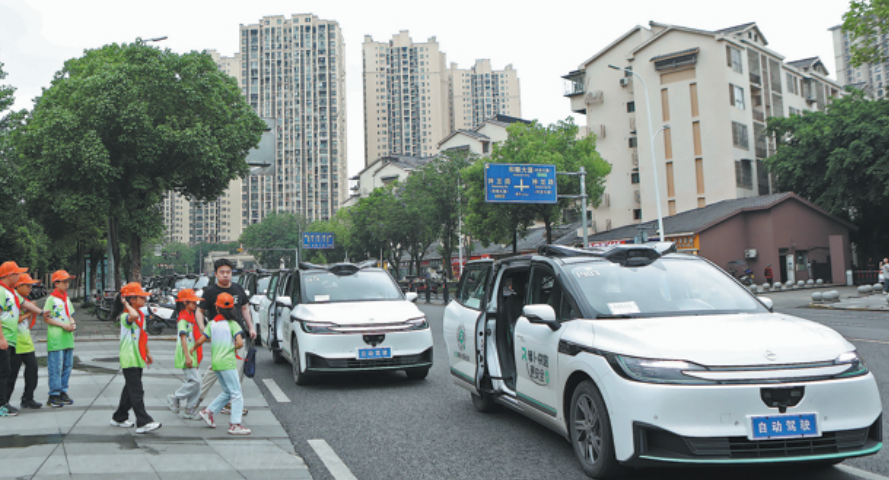
Self-driving cars have seemed the ultimate unfulfilled promise. Everyone from Tesla boss Elon Musk to ousted Nissan chairman Carlos Ghosn has hailed the impending mass arrival of vehicles that can dispense with human drivers, only for much-hyped timelines to pass by. Recently, though, the tone has shifted. Costs are falling, adoption in early markets is rising, and artificial intelligence heralds new capabilities. Challenges still loom, but robotic taxis are looking more inevitable.
Musk perhaps best embodies the sense of missed expectations. Over the past decade, he has promised that truly autonomous vehicles were coming in 2018, then 2019, and so on, to the point that he dubbed himself the "boy who cried" full-self driving. Even when limited tests were delivering rides with no people behind the steering wheel, incidents like General Motors-owned Cruise's tragic pedestrian collision in 2023 seemed critical setbacks.
Now, though, things are moving faster. Tesla launched a robotaxi service in Austin, Texas, in June.
Alphabet-controlled Waymo operates commercial services in multiple cities; in San Francisco, its market share has exceeded traditional ride-hailing app Lyft, according to analysts at venture capital firm Bond. The technology is moving out of early hot spots in the US and China, too. This year, WeRide started to serve passengers in Abu Dhabi and Waymo is conducting tests in Japan.
Behind the optimism is one major factor: cost. First, take the cars themselves. Morgan Stanley analysts, totting up the wealth of sensors they sport to map the world and computing grunt to traverse it, estimated in October that Waymo's current-generation vehicles cost over $120,000. Its upcoming car, by their reckoning, could fall to $85,000. By July, Goldman Sachs estimated that specialized vehicles could ring in at $50,000 by 2030.
In the interim, though, Baidu CEO Robin Li told analysts that the company could bring costs to under $30,000. Elon Musk has suggested that Tesla could do that too. Higher production volume is key. For Tesla, eschewing expensive sensors like lidar is also important. But those still hewing to the gizmos may get a boost: Chinese manufacturer Hesai Technology says its latest lidar is half the price of the previous generation.
Actually delivering on these boasts is another matter. Getting any of the way there, though, would be hugely significant, since depreciation accounts for the majority of per-ride costs, according to investment bank TD Cowen. Yet operating expenses must come in line, too.
Initial stabs at self-driving were a tangle of neural networks and hard-coded rules, requiring vast quantities of real-world data to finesse. Key to the process was not just using regular maps, but minutely surveying areas of operation, which requires constant updates.
The appeal of Tesla's approach is that it avoids this step, using camera feedback to make on-the-fly decisions. Meanwhile, the likes of UK-based Wayve and China's Pony.ai are using generative AI to create virtual training scenarios to prepare their models for the statistically unlikely but potentially ride-ending "corner cases" that human drivers can readily handle. This could make expansion less laborious: Wayve, for instance, claims that its software was able, to navigate unfamiliar US and German roads with only a few weeks of additional training.
Of course, technology sometimes fails, and a human must be on hand to observe and potentially take over. Today, robotaxi operator Pony.ai lets one person monitor as many as a dozen cars, a person familiar with the matter said.
What may limit that ratio in the end is public debates over safety. Analysts' and industry insiders' estimates for how many supervisors will be required range anywhere from one for every five vehicles to one for every 50. Ultimately, though, this is squeezing a small part of total expenses. Morgan Stanley pegs mobile operators at under 5 percent of Waymo's vehicle-level per-mile costs.
Given the momentum, profitability seems plausible.
Analysts at Huatai foresee Guangzhou-headquartered Pony.ai's vehicles costing 200,000 yuan ($28,000) by 2028. If that happens, vehicle depreciation, remote monitoring, maintenance and other expenses like insurance could be roughly 100,000 yuan annually, all-in.
Charging as little as 3 yuan per kilometer, if it can cover some 300 km for 340 days per year — in the ballpark of what a taxi driver manages in cities — would yield double that in revenue, even accounting for the fact some of those miles will be without passengers.
There remain corporate expenses like research, financing, and more. Still, analysts polled by LSEG see everything coming into balance, forecasting a net profit for Pony.ai by 2029. WeRide, which also operates other, simpler kinds of autonomous services like street-sweeping, may get there by 2027, per the estimates.
A working robotaxi is one thing; finding customers is another. Operators like Waymo and WeRide have thus far tended toward partnering with ride-hailing apps like Uber. These dominant platforms will take their cut, possibly as much as 30 percent of gross bookings, analysts at TD Cowen reckon.
Yu Kai, boss of Volkswagen partner Horizon Robotics, said that the current generation of autonomous cars are akin to a horse — "smart enough" to get from A to B most of the time, yet not so smart that riders can simply take a nap. Musk himself once preached that getting to 90 percent of miles driven autonomously is the easy part, with the final 10 percent being a much tougher challenge. Robotaxis are now all about profitably claiming those final miles.
Reuters

















